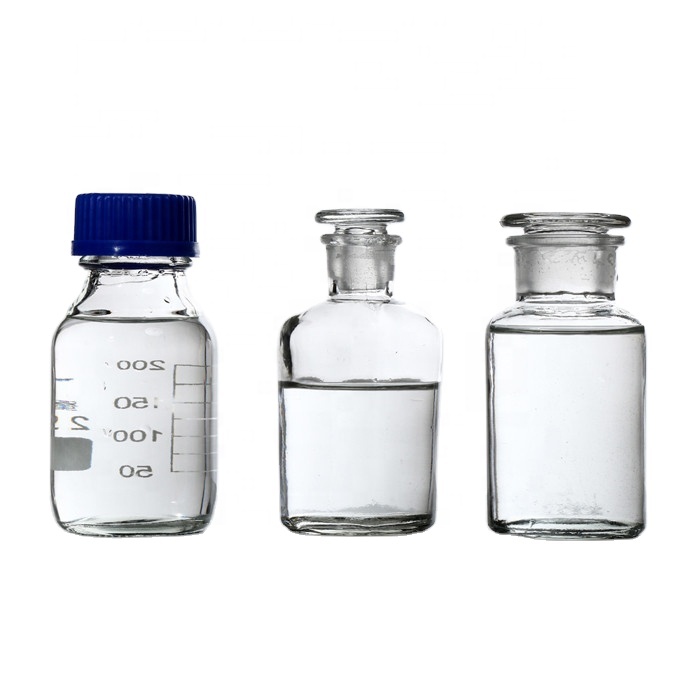NMP downstream application and competition pattern
NMP products are mainly used in new energy sources such as lithium-ion batteries and power batteries, and new material industries such as aramid, polyphenylene sulfide and polyimide. With the rapid development of China's emerging industries to pillar industries, the consumption of new energy and new materials in the downstream has increased sharply. Coupled with the technology introduction and self-improvement of the downstream industries, the downstream industrial chain has increased rapidly to meet the needs of national economic and social development.
Lithium ion battery industry
As one of the main raw materials in the manufacturing process of lithium-ion battery, NMP directly affects the quality of slurry coating of lithium-ion battery and the requirements of environmental protection. According to the analysis of industry survey data, although the difference of models and specifications will lead to the different proportion of NMP in the value of lithium-ion batteries, on the whole, N-Methylpyrrolidone accounts for about 3% - 6% of the manufacturing cost of lithium-ion batteries. The market scale and demand of N-Methylpyrrolidone also increase with the growth of lithium-ion batteries, especially energy storage batteries and power batteries.

Polymer material industry
NMP is also a necessary chemical solvent for chemical reaction and dilution in the manufacturing process of polymer materials such as aramid, polyphenylene sulfide and polyimide, which directly affects the smooth completion of low-temperature polycondensation reaction and material product transportation. The full name of aramid fiber is "poly-p-phthaloyl-p-phenylenediamine" (PPTA). It is a new high-tech synthetic fiber. It has excellent properties such as ultra-high strength, high modulus, high temperature resistance, acid and alkali resistance and light weight. Its strength is 5 ~ 6 times that of steel wire, its modulus is 2 ~ 3 times that of steel wire or glass fiber, its toughness is 2 times that of steel wire, and its weight is only about 1 / 5 of that of steel wire. It does not decompose and melt at 560 ℃. It has good insulation and anti-aging properties, and has a long life cycle. The discovery of aramid fiber is considered to be a very important historical process in the material industry.
In terms of competition pattern, with the increasingly mature process technology of domestic manufacturers and the improvement of product quality, the advantages of foreign competitors such as BASF and Mitsubishi Chemical no longer exist and gradually withdraw from the domestic market. At present, the domestic competition is mainly between direct manufacturers, recycling and purification manufacturers and a small number of import and export traders. Recycling and purification manufacturers occupy scattered customer groups and low-end markets, while direct manufacturers occupy the main customer groups and high-end markets. At present, the competitive groups of China's N-methylpyrrolidone (NMP) industry are roughly divided into two categories: the first competitive group is enterprises with strong competitiveness, such as BASF of Germany, Mitsubishi of Japan, Ashland of the United States and Maiqi chemical. These enterprises are generally enterprises with large market scale, long working time and strong technology R & D ability. They have advantages in capital, channels and other aspects and have strong competitiveness. The second competitive group is small and medium-sized N-methylpyrrolidone (NMP) enterprises. These enterprises have a large number and small scale. Their brand influence is small, their technology is general, and the quality of N-methylpyrrolidone (NMP) products is uneven.